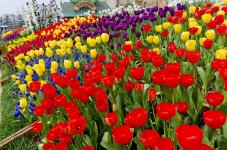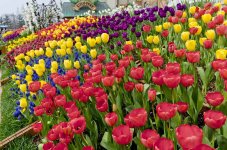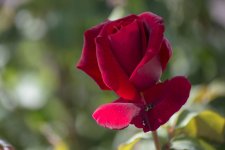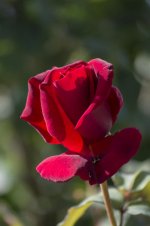FWIW, the red is still clipped on the rose - just the lower bright leaf on the first, but more all over on the second.
If you have an Adobe editor, here is something good to learn...
In Elements or Photoshop, in the Levels tool (CTRL L), hold down the ALT key on keyboard (I think Option key on a Mac),
and while holding, slide the White Point slider slightly down. The image preview will go black, and any pixels shown are being clipped at that setting of White Point. This identifies WHICH pixels are being clipped.
In Lightroom or Adobe Raw, hold ALT and move the Exposure slider slightly UP, same thing (same tool).
And of course, the camera RGB histogram could show clipping exists too, while still in the field and another chance is still possible.
Sometimes, a little clipping is not a bad thing, it can increase contrast. This tool allows you to judge how much, and specifically which pixels, and if those areas were important to lost color or lost detail. A blown out sky for example, may not actually hurt anything important.






